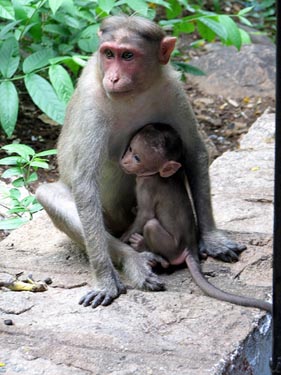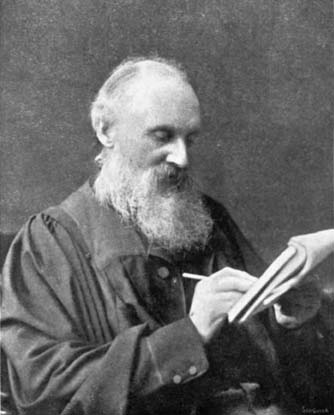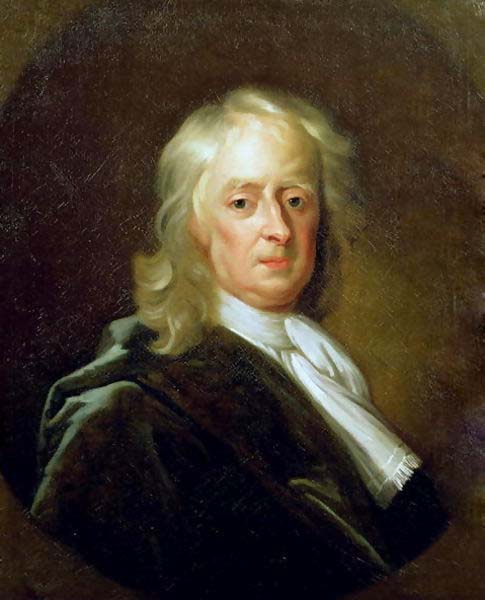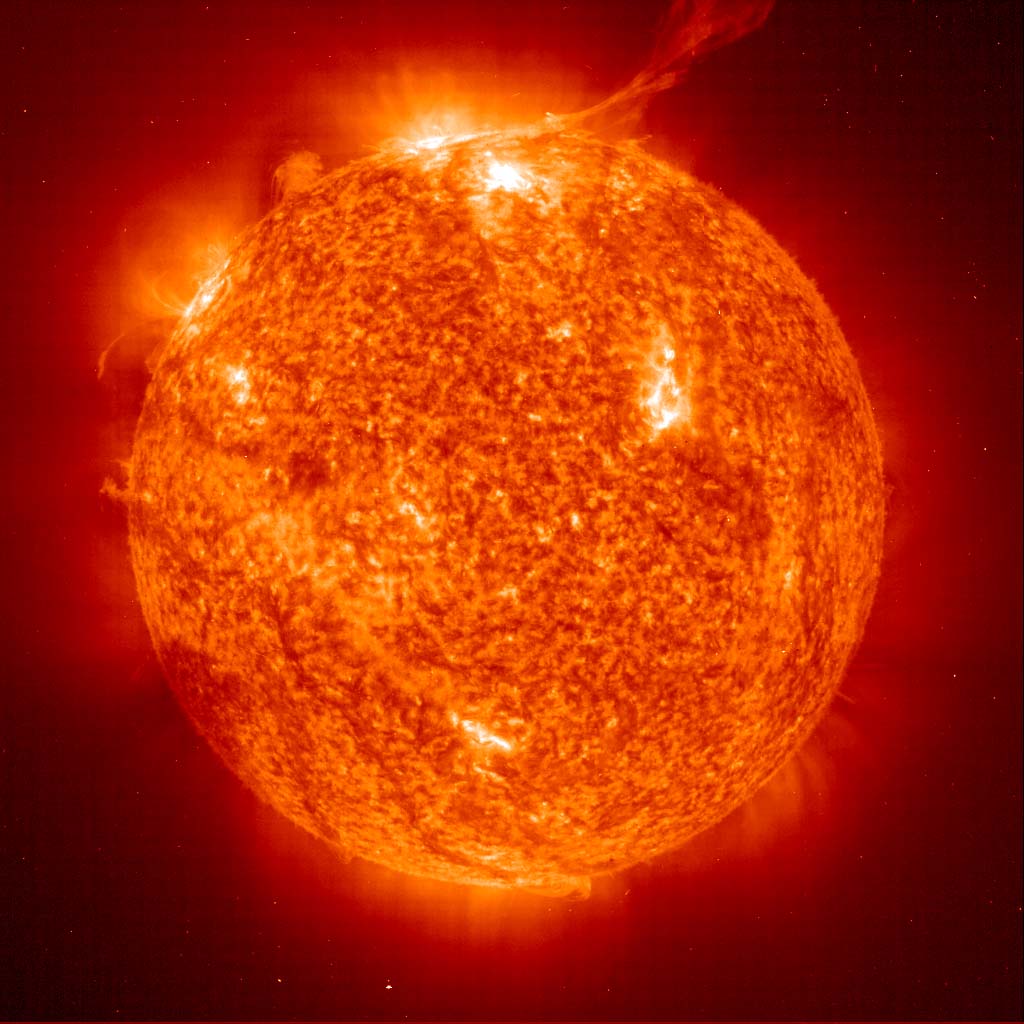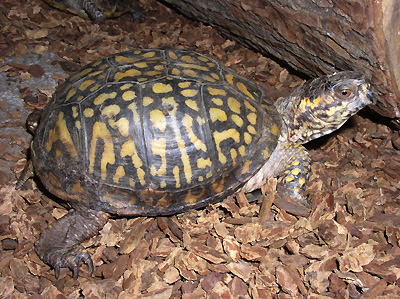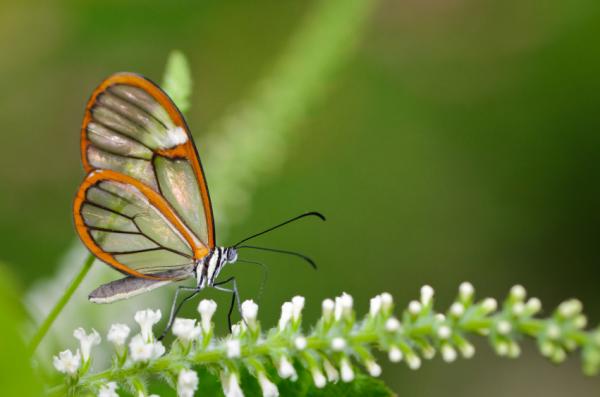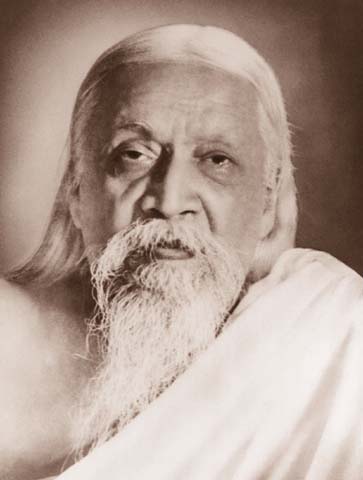Insight
Monkey matters
We had an unexpected visitor the other day. Well, not quite so, given the fact that ‘it is the hour of the unexpected’. Nevertheless we did not expect a monkey to enter the house by the third floor and move about the house as if he were quite familiar with the ways of human beings. Not that we have much to boast about, but we somehow nurture a sense of superiority over the animal kind. Even the most depressed person, someone suffering from a constant inferiority complex, (which, by the way, is only the obverse side of a hidden wish for superiority) would normally not regard himself as inferior to an animal. Darwin told us so. We are superior animals, intelligent beings, better equipped for survival than all other creatures from the virus to God knows whatever else. Only the aliens may surpass us in cunning and intelligence. As a human species we are always told to look down upon a poor creature on the road, to pity or avoid it. There is nothing we can learn from it, though we can use it for our domestic purposes or for entertainment. Of course I have known people wallowing in states where they feel themselves worse than a worm. Perhaps that is what retrogression is and not the way we describe it, grotesquely and a little dramatically, as people recounting all their past lives in an animal form in such detail as if it was something great remembering one’s worm-hood or monkey-hood.
Well, let’s get back to our monkey business. Normally, I would have simply looked for ways and means to secure the household against further excursions by these creatures. But my mind suddenly started running in quite another direction. I had heard very recently of a group of monkeys entering another household and gathering around the dining space as if they were preparing for some kind of tea ceremony. They had opened the refrigerator, taken out the biscuit packet, opened it, eaten the biscuits and of course, like many humans of the masculine species, thrown the wrappers around without putting them in their proper place, the dustbin. Was it monkey behaviour, I wondered, or was it some kind of anomaly that is not normally seen in monkeys? When spotted, the monkey neither felt shy nor afraid; he simply royally walked away as if it was almost his own house. God knows how they could use their hands this way and their brains that are not supposed to be wired for such seemingly intelligent behaviour (of course thieves are intelligent, at least the ones that escape custody). Perhaps they have not read The Origin of the Species and that gave them an advantage for they were not aware of the limits that the scientists had fixed for them. Perhaps, as my son pointed out, they were simply the missing link between the monkey-monkey as we know it and the monkey that evolves into man. In other words, there was nothing special about my observation nor was this peculiar behaviour adding anything special about evolution, except for one small thing. If this is the normal behaviour of city monkeys that observe humans on the quiet, then there is nothing more to add. But if this was / is an anomaly, then we need to look a little more carefully into it. Maybe we will find nothing, maybe we will. For it is often the anomalous that opens the doors to a whole new world of understanding. Let me explain.
At the turn of the previous century, somewhere at the beginning of the year 1900, Lord Kelvin, the famous British physicist and inventor, declared that the mystery of the world was solved, thanks to Newton: that is, except for two little clouds that he believed would also be explained one day with the help of Newtonian mechanics. One of the two clouds was Black Body radiation according to which atoms released energy in spurts rather than continuously. The other cloud was the Michelson – Morley experiment that had led to discrediting the existence of ether. Max Planck, at the end of the same year, solved the first riddle but while doing so, he also opened the doors to a new quantum world that would hence upset all that we had so far believed coming from the holy lips of Sir Isaac Newton. Einstein would solve the second riddle with his theory of relativity, but again in the process, make science enter into the realm of a greater mystery that the scientists are still struggling to resolve. This is not to say that Newton was all wrong. On the contrary, his laws work wonderfully well at a very practical level in our gross world of everyday life. But go deeper into matter or enter into the vast spaces where stars and galaxies move and the rules of the game are changed. In fact one finds law walking hand in hand with freedom, chaos moving with predictability, randomness with order, chance with patterns that can be studied and turned into more laws.
Medicine is entering an almost similar situation again, only just about a century later. At the turn of the previous century when physics was changing drastically, medicine chose to follow its footsteps but in the classical way. Now we are faced with our own quantum dilemma. First the placebo effect, next the growing influence of mind-body medicine, then the emergence of the field of psychoneuroimmunology, and of course the multiplying of the anomalous, stare us in the face and demand an explanation. When the laws of matter cannot fully explain matter itself, how are we supposed to understand complex living systems and, further still, the mentalised man on the basis of such an approach? We are in for a quantum leap or else about to be knocked out by a new kind of medical knowledge that would, like the laws of Newton, vis-a-vis the quantum theories, run parallel to the old medicine. The old system of pathies and pathologies is working well within certain limits, and is even practical and useful within those limits, whereas the new means work at the deeper levels of man or when he lifts his inner gaze towards the stars and silent space.
But the matter may be much more complicated than that. For unlike matter, living systems are open systems and evolve and change, and as they evolve the patterns, habits and laws would change too. And if it is true that of all living systems, man is the most complex and most capable of self-evaluation and change, in other words, of a conscious evolution, then it is very difficult to fix the limits of what can be and what cannot be. And yet is that not what medical science has been trying to fix it into our minds? And that is the worst part of it, one that undoes every good (and there is no doubt that much good it does) that comes out of its hands. It fixes the illness in the head, it fixes the limits to which we can change ourselves and change the pattern called illness. It has robbed us of belief in our own healing capacities and substituted in its place a belief in crutches borrowed and artificially designed from the vegetable kingdom. We can take just one more step further, what if we are in the middle of an evolutionary transition! Will human beings recognise it and if so how? The fish that crawled on land must have endured such terrible agony when driven, or rather out-driven, by competition, it had to look for a brave new world outside its safe limits. Would the other members of the Piscean family have considered it as an outcast or failure; would they have thought of this as a great calamity, the greatest of all that had struck the fish world? Of course fish do not speak and perhaps do not think either. But men do. What if what we term today as ominous signs are simply the starting-point of a new journey that will take us beyond the limits of our little earth and wire our bodies to the sun? Who knows if the breach in the ozone layer and the solar flares are all not pushing us in a certain direction, just as the parting of the sea pushed the slaves beyond the reign of Ramseys and to freedom.
I know, you must be wondering, but all this is speculation and not science. I agree it is not science as we know it, or perhaps it is not science at all. Maybe we are entering an era when the conventional methods of science will no longer hold any ground. I have my reasons and my intuition for it. For one, I have always wondered how did the ancient rishis come to know and document the properties of so many herbs without the complicated statistical means that we have today at our disposal? Was it another kind of science or another means of knowing that they had adopted? If so, then can we discover those ‘other’ means? Yogic experience down the ages affirms that it is possible to arrive at knowledge, even more authentic knowledge, than starting with our sensory data. There are several examples of this existing in ancient Indian thought, of ideas that sound so similar to theories of modern physics. Maybe the yogi stands at one end of the evolutionary possibility that is now being generalised in the race.
In all evolution we can recognise at least three phases or stages. The first is the status of equilibrium when each species that has already evolved is fixed to the type and in those limits set by Nature. This extends perhaps over millions of years when all is seemingly quiescent. Seemingly, because there is always an evolutionary pressure in creation, its intensity is only mild. It is a general push towards a self-exceeding. According to spiritual science, it is this evolutionary push that is responsible for rebirth and not any system of tribunal and justice handing over certificates of reward and punishment. The limits that are possible in man are far greater than in an animal since man is not completely fixed to type. The mind is capable of an infinite progress but all this cannot take place in a single life, hence the rebirth.
The second phase, extending over a few hundred years, is when there is a greater pressure for evolution and the fixed law and pattern tends to break at several points and the species probably extends onto both sides of its spectrum. On one side it is threatened by regression into the past, on the other it starts displaying qualities and capacities or at least tendencies towards the future. This is a stage of hectic confusion, the gathering up of energies for the evolutionary leap coupled with a rapid experimentation with mutant forms, many of which will be wiped out soon. And on the other side, is the threat of very extinction to that species that is destined to leap. It tends to lose its natural equilibrium and normal faculties and has not yet evolved new ones. Finally comes the leap and there is a break and a rupture in the fixed state with two fragments flying in almost opposite directions, – one towards the future, the other that regresses and collapses back into the past from which it has evolved. At least this is my speculation of the matter, as I said with good reasons. For example each new species tends to lose a special capacity of the previous one, the fish its gills, the reptile its many feet, the bird its feather and the animal its muscular strength and vitality, before each evolves into the next one. But before the leap, it experiences a heightened activity of whatever it has in an effort to come out of the crisis that Nature puts before it as the evolutionary challenge.
Maybe this is what we are going through today, an evolutionary pressure before the leap. This pressure is manifesting as confusion, a breaking down of the limits and the normal boundaries of behaviour fixed by Nature for each type. For if each is interlinked, then it stands to reason that moving one end of the chain is bound to move the other parts. Who knows the chaotic phenomena that we observe these days, whether at the celestial scale or the miniscule, are all part of an evolutionary filip? I know this cannot be proved as of now, but at least this is what I surmise and place before others as at least one possibility among others to explain things, like, as I said the behaviour of the monkeys. Perhaps they are already feeling the heat, their monkey instincts being rather rapidly relinquished in favour of more intelligent behaviour like that of man. We need to watch out and perhaps find more data to confirm. Nevertheless, observing the behaviour of certain animals, I feel as if they are being increasingly humanised. The same evolutionary pressure is perhaps being felt by other species as well and who knows even by the mountains and sea and the very body of earth, given the rapid climatic changes and increased seismic activity. The earthquakes and tsunamis may all be part of a single plan. Who knows?
And what about man? Someone once observed the monkey is called what he is because he is the key to man (man-key). In a somewhat philosophical vein I replied, yes, the monkey is the key to man but what is man a key to? We have been told, man is incomplete till he becomes what Sri Aurobindo foresaw as the Superman. Perhaps that would explain many things that are disconcerting to us, particularly in our children. It is said that the gods do not respect human laws. They live in a larger freedom and a greater light and sense of ease. Who knows the increased need for psychological space in these children? Perhaps the carefree ease, the wideness that is natural to them, even the disrespect for human authority are all part of the evolutionary impetus given to earth. The monkeys are outgrowing themselves and evolving into humans. The dogs and cats too are behaving in similar ways as if they are being humanised. Maybe our children are being prepared in similar ways to be divinised. After all, the traditional Macaque is not likely to appreciate this monkey behaviour of transgressing monkey boundaries and mixing with humans without fear or awe! But does the traditional appreciation of things matter any more?
‘It is indeed the hour of the unexpected’.
Share with us (Comments, contributions, opinions)
When reproducing this feature, please credit NAMAH, and give the byline. Please send us cuttings.
